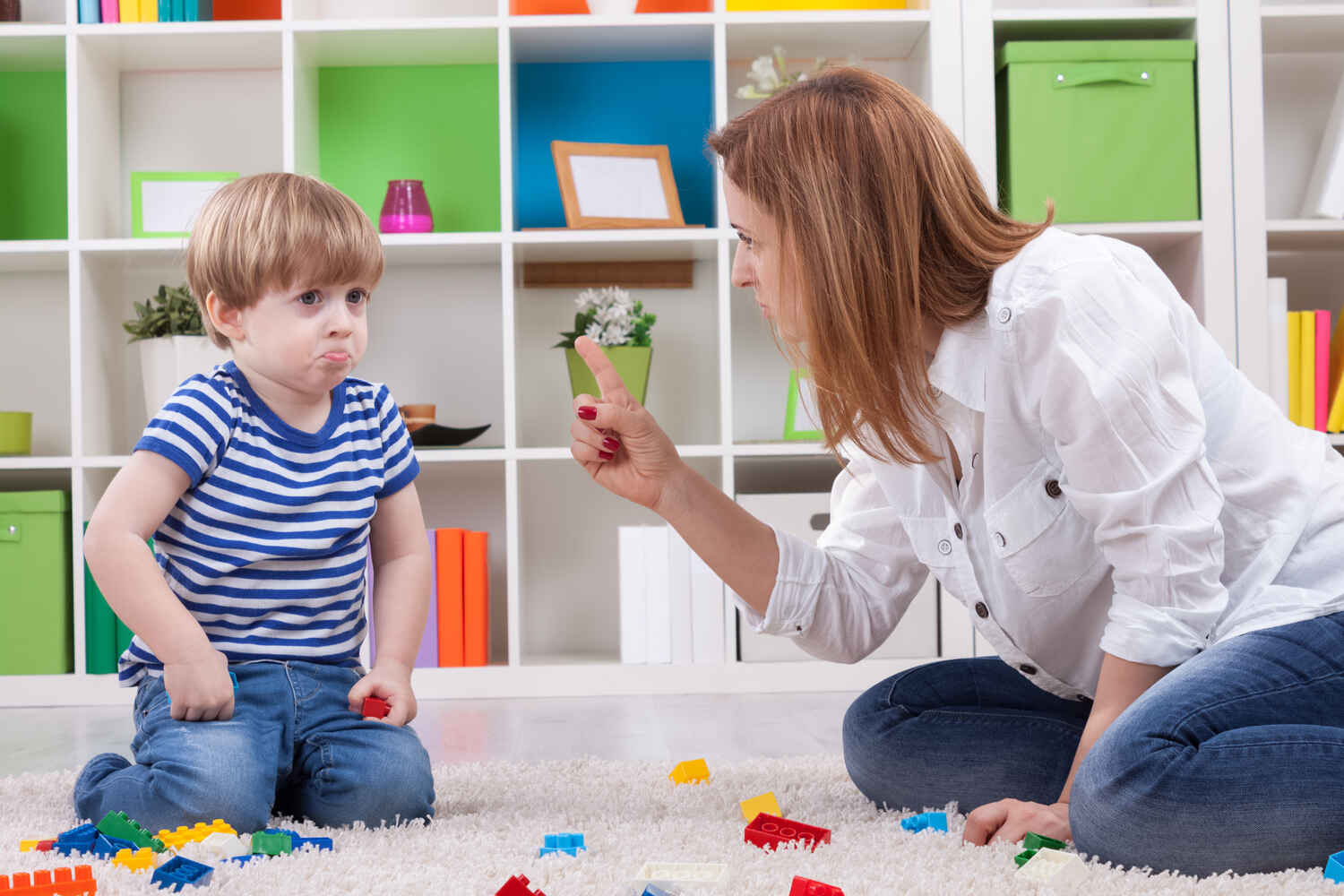
There are many contradicting views on how to discipline children.
‘Spare the rod and spoil the child’ is the attitude of one group of people. They believe that there is no better way to teach your child a lesson than by spanking them. “We were spanked as kids…and we turned out fine” is a line of argument you will hear from this group.
The other group firmly believes that spanking is the root cause for all evil in this world. “You spank a child, they will grow up believing its alright and acceptable to hit others” is their line of argument.
While we do not judge parents for following either of the routes, www.beingtheparent.com does not believe in hitting the child as a form of punishment. We have talked about how to discipline your child without spanking previously where we listed three techniques – isolation, deprivation and reparation as means of discipline.
However, the kids of today are very smart. They will soon find their way around your “punishment routines”. So it is necessary to be creative and roll out creative punishments to your child to make them learn a lesson, but also keeps it interesting and constructive for you and your child. Fascinated by this idea? Read on our top 10 picks of creative punishment ideas for kids:
Top 10 Creative Punishment Ideas For Your Children
1. Time-ins:
Is your child tired of time-outs? Or has he got accustomed to spending time alone in his naughty chair? Shift the punishment from time-outs to “time-in”. How do you do it? Just like time-outs, send your child to the “time-out corner” or “naughty chair”. However, he need not stay there for a designated time like in time-outs. Instead, he needs to complete a task given to him in this corner and come out of it only once this task is completed. The task could be anything age appropriate and interesting – learning a poem by-heart, tracing alphabets, painting a picture, making a bead bracelet and so on. This will serve the purpose of time-out, while also giving your child something creative and engaging to do

2. Punishment boxes:
Sit down with your child for couple of hours and make a punishment box. First, create a list of “punishments” in consultation with your child. Now write down each punishment in a chit of paper and put in inside a box (like a shoebox). You can even decorate the box, put a danger sign on it and call it punishment box. Every time your child does something that warrants punishment, he needs to pick a chit from the box and that will be his punishment. The punishments can be anything you and your child agree on – no TV time, no video game time, more study time and so on. You can also throw in couple of blank chits, like the “get out of jail free” cards so that there is a small element of luck associated with the whole method
3. Chore chart:
Create a chore chart with a list of 20-30 chores. Associate a certain number of points to each of the chore (e.g. watering the plants in the balcony = 30 points; dusting the TV case = 40 points; Vacuuming the carpet = 10 points). Now when your child does something naughty, you tell him how many points he needs to earn as punishment. For example, if he gets into a physical tussle in the playground, you can ask him to earn 200 points before he gets to go to the playground again. This way, you get to punish him, and your child gets to pick the chores he wants to do to earn back his privilege again
4. Timer:
Is your child a slow-eater? Does he take too much time to complete a simple chore like making his bed or cleaning his room? Get a timer! Set it to a reasonable time, which you think your child should take to complete a certain task and place it where he can see it. Tell him he will need to do an extra chore or enjoy lesser play time if the timer beeps before the task is done. This will speed up your child like you would have never seen before!!
5. Practice:
This is mainly to do with school work. If the child is not doing the homework well, or is not performing well in school, instead of scolding him, punishing him, or giving him chores to do, it is much more constructive and positive to get him to practice the school work more. Get extra worksheets from his teacher and spend more time practicing the topic

6. More sleep, less play:
Unlike us, children want to sleep less and play more! So one very effective way to punish your child is to get him to go to bed earlier than usual. How early can be correlated to the severity of the punishment you want to give
7. Peace zones:
Frequent sibling-tussles in the house? Create peace or “no-fight” zones in your house. Get your children to put pictures/stickers of their favorite fiction characters in different rooms in your house. The rule is that they cannot fight in the line of sight of these characters. E.g. if there is a sticker placed in their bedroom, then they cannot fight in that room. If you are religious, you can put up pictures or idols of your favorite deity around the house too (e.g. “Do not fight when Krishna is watching”). Of course, leave certain corners free so that the children can in theory fight. But make this space so limited that they will spill out of the war zone to a peace zone even with little movement
8. Exercise:
This is another positive and constructive punishment. Misbehavior in public? Do 20 sit ups. Left dirty dishes in the sink without washing? 10 pushups. However, make sure not to overdo this one as your child’s muscles can tire out quickly
9. Hide the clutter:
This is one of our favorite and a most effective way to ensure your child tidies up. If your child leaves his toys all around the room and forgets to clean, pick out all the toys that are lying down, put them in a box/cover and hide them. When he asks for them, tell him to look for them himself. Every time he forgets to tidy up, his toys should disappear! This will get him to learn his lesson quite quickly. Similarly, you can hide video-games, controllers, shoes and clothes – anything that has been put around messily. The strong-headed ones might pretend they do not care about the lost/hidden stuff initially, but soon they will also come around
10. Warning code:
Have a warning code that you can tell him in public that indicates that if he continues to do what he is doing, he will get into trouble once he reaches home. For instance, if you see your child getting too aggressive in the play area, you can say something like “hey! Pull up your socks”. This will not embarrass your child in front of his friends, while at the same time help him understand he is doing something wrong
Do you punish your kids creatively? We would love to hear your methods!
